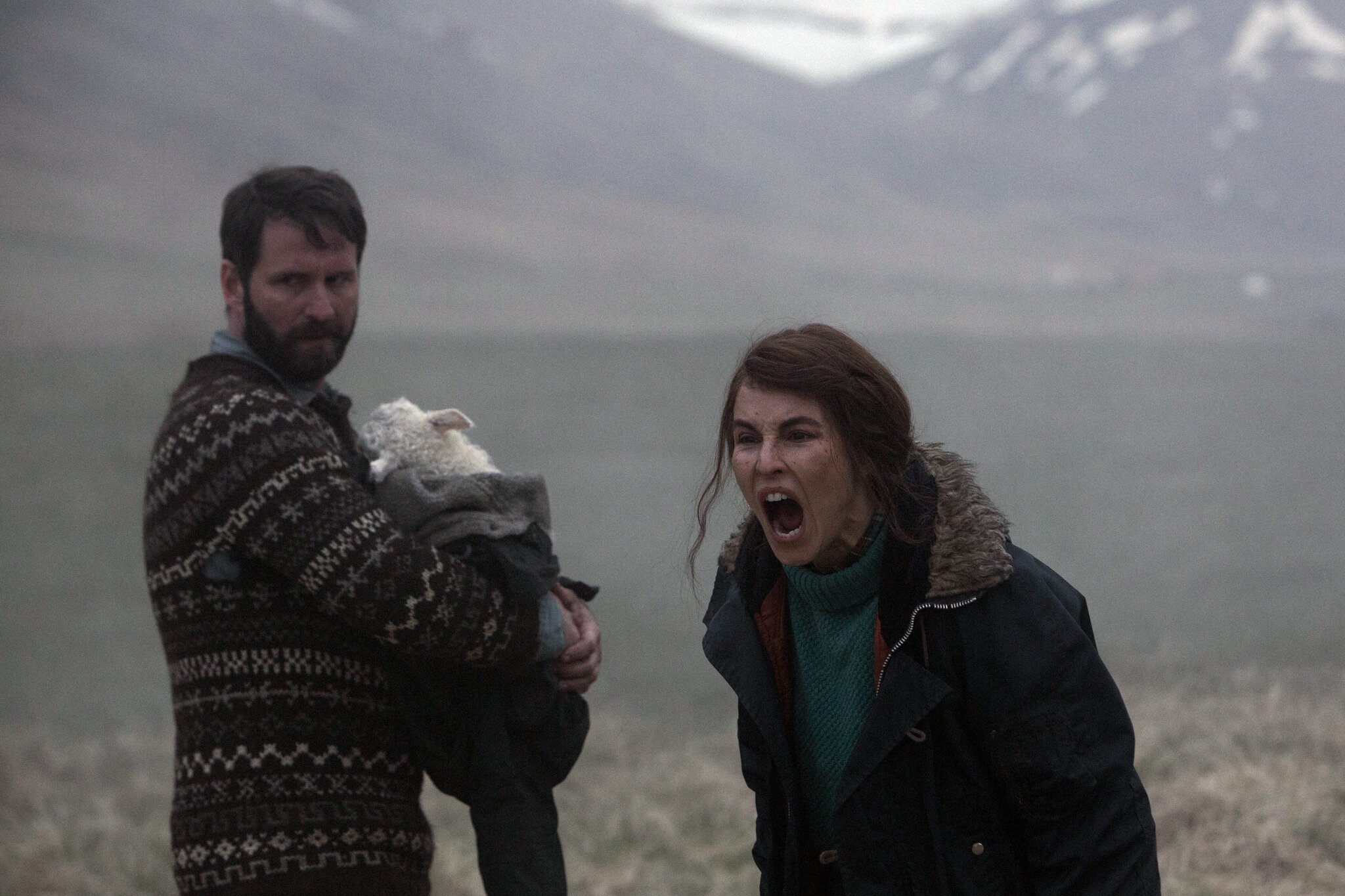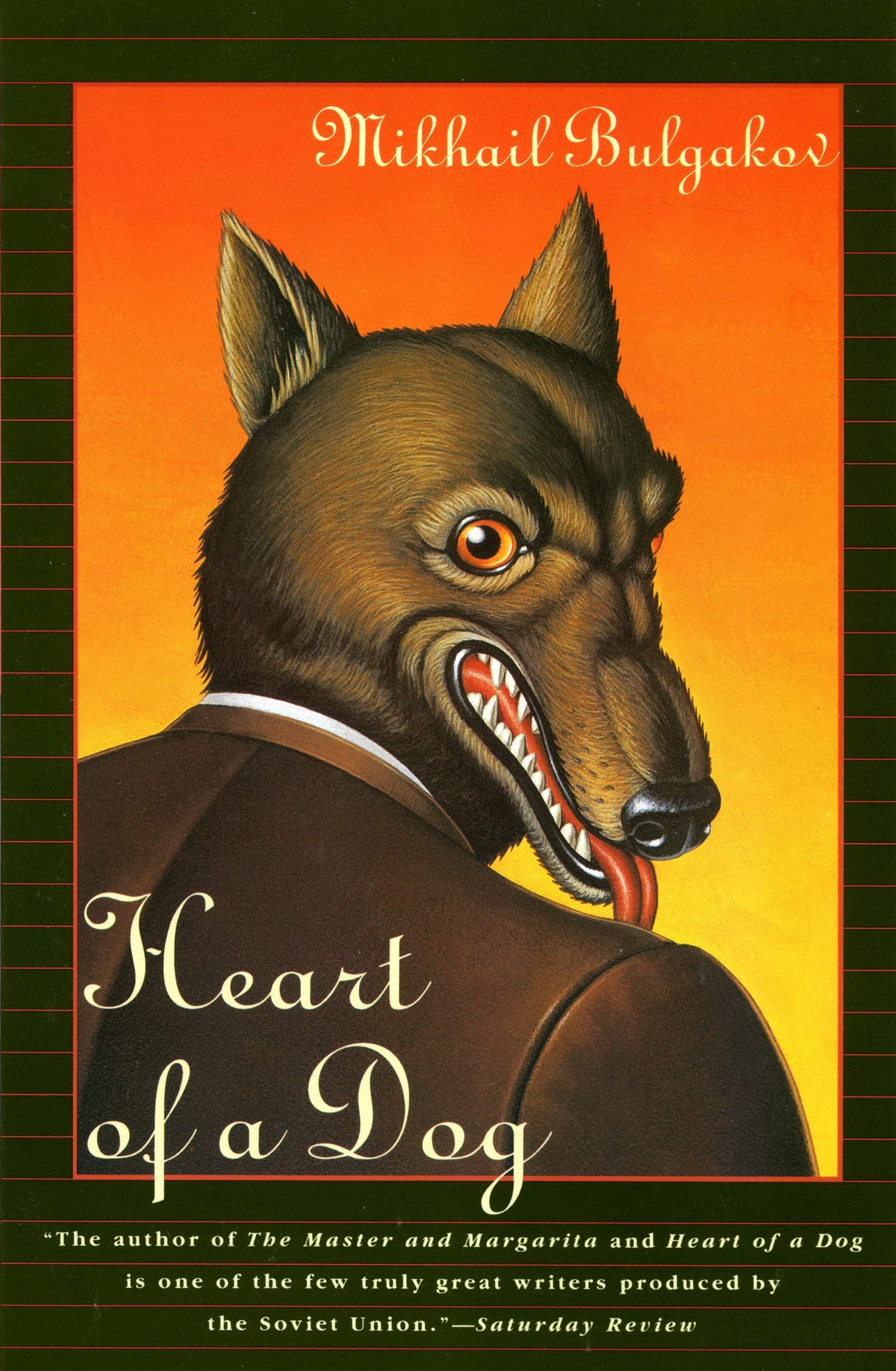Another literary connection you could make is in the country’s rich storytelling history of the Medieval Icelandic Sagas (Íslendingasögur). In these stories, blood feuds are settled with revenge, supernatural occurrences pop up all over the place, and fate is all-consuming. One particular example is Grettir’s Saga (Grettis saga Ásmundarsonar).
There is a scene where Thorhall, a Farmer (much like Lamb’s protagonists), tries to locate his horses, but they mysteriously disappear; while looking for them, he ends up running into Glam, a Swedish shepherd who he has been advised to employ - which he does (things get terrible later, but that’s not the point right now), after this interaction, Thorhall finds his horses where he left them. It’s as if the very landscape of Iceland is working against Thorhall to make sure that he meets Glam so that the dark fate that is destined to befall him, Glam, and, in turn, Grettir can unfold.
Similarly, in the film, the lamb child Ada goes missing as a foggy storm descends over the farm; it’s again as if nature (this time the weather) is working against Ingvar and María to allow the hybrid lamb’s birth mother to spend time with her babe. This then sets in motion María’s subsequent execution of Ada’s birth mother and Ingvar’s death at the hands of Ram Man, who has taken on the task of avenging his kin, just like in the Sagas.









